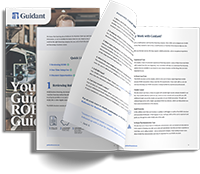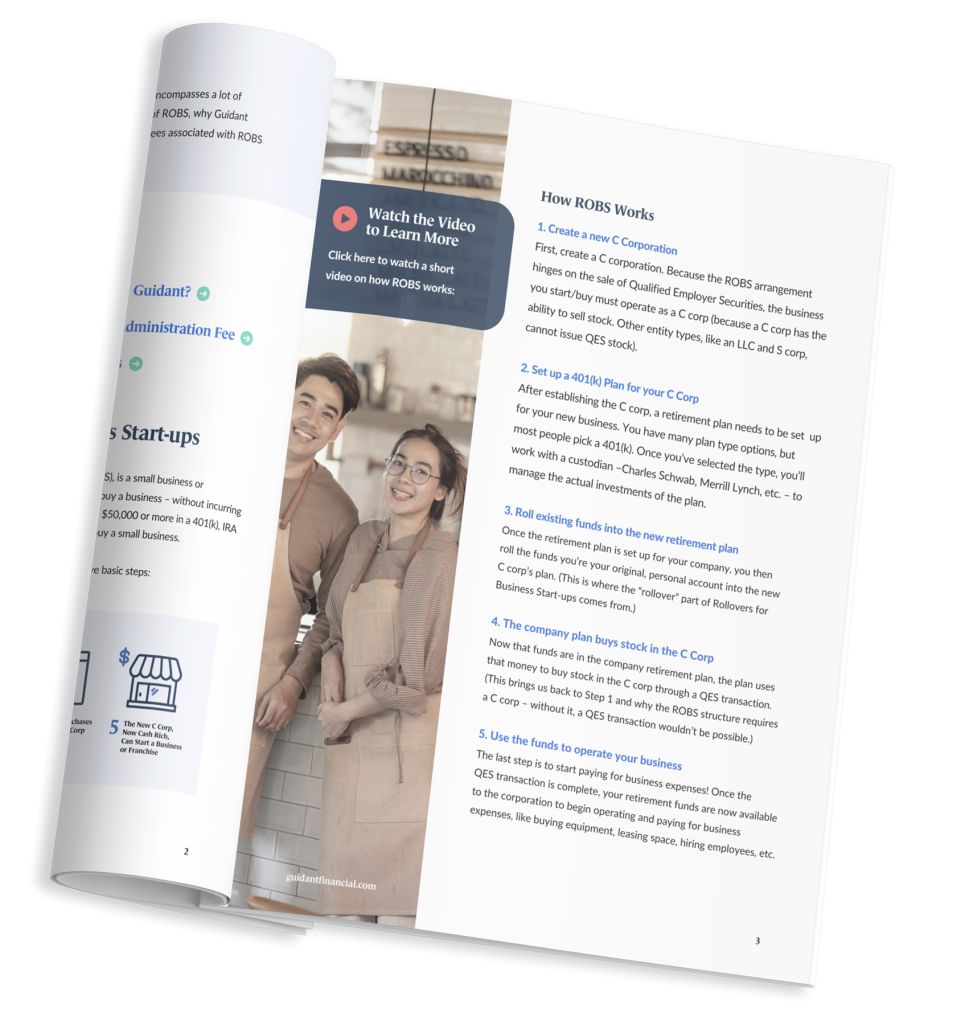A business owner may want or need to close a business for many reasons. Perhaps someone has offered to buy your business, or you want to move on to a new venture or even retire. Businesses may also need to close because they aren’t successful enough to keep going.
Regardless of the reason, closing a business isn’t simply hanging up a sign reading “closed.” It requires the completion of specific steps. Failure to take the appropriate steps for your business can expose you to customer or creditor action, tax fines, and penalties. It can even hurt your reputation within the industry.
Here are the basic steps you need to take to close a business entity.
1. Create an exit strategy.
Every part of a business needs a plan, and closing a business is no exception. The exit strategy will depend on multiple factors, such as your reason for closing, the corporate structure, whether you have employees, and so on.
If you are selling a successful business, for example, you’ll need to arrange for a valuation to be done. If you own a business with other people, you will need to discuss closing it with them. If you’re in a partnership or Limited Liability Company (LLC), you’ll need the agreement of all partners/members. If the business operates as an S Corporation or a C Corporation, you’ll need approval from the board of directors. Only a sole proprietor can close unilaterally because they’re the only person involved.
Determine the best time to announce the closing of a business entity to employees, contractors, and clients in an orderly way. Be mindful that you don’t want to announce a closing too soon, or employees may seek other employers. Clients may even seek other sources of goods and services!
It’s prudent to consult with lawyers, business advisors, and tax professionals about voluntary dissolution. Shutting down a business entails multiple legal, reporting, and tax considerations.
2. File articles of dissolution with the state.
A business owner needs to file appropriate documents to legally dissolve the company with your individual state’s Secretary of State or business office, as well as pay any filing fees. If you don’t, you may continue to have tax and filing obligations. Failing to fulfill these obligations, even if you’re no longer actively in business, can result in fines.
3. Cancel documents relevant to your business.
All documents relevant to your business, such as the business name, business licenses, permits, certificate of registration, and so on, need to be canceled. If you own, rent, or lease property, you will need to sell or give notice. Make sure all entities have a valid mailing address for the future.
4. Follow all employment laws.
You need to follow all Federal and relevant state employment laws regarding matters such as issuance and timing of final paychecks, salary reporting for tax purposes, and so on.
If you use contractors, be sure to follow any relevant law regarding their final payment and issuance of 1099s or other payment records.
5. Terminate any retirement plans.
If your company had employer-sponsored retirement plans, such as a pension or defined contribution plans such as a 401(k), you will need to terminate the plan according to the law and any Department of Labor (DOL), Internal Revenue Service (IRS) or other appropriate requirements.
6. Fulfill any financial obligations.
If you have financial obligations to vendors, advisors, property owners, creditors, or other parties, such as business debt, resolve them appropriately as part of the business closure. If you have outstanding payments from clients and customers, those need to be resolved as well.
It can be prudent to wait until you receive final payments from clients and customers to announce the dissolution of your business. Otherwise, they may believe they don’t need to pay you.
7. File final business taxes.
You’ll need to file any required tax returns: Federal, state, and any local, including a sales tax return and any other tax liabilities owed.
If your business has an Employee Identification Number (EIN), cancel it.
8. Keep appropriate records.
Finally, don’t forget to pay any filing fees! More importantly, be sure to keep all business, financial, legal, and tax documents. Consult with professionals or the IRS about the appropriate length of time to keep the documents. The IRS recommends keeping all employee records for four years, for example. Most documents should be held on to for at least three and up to seven years.
While these are the basic steps for all businesses, some situations will need additional steps. Here are some possible scenarios.
If you’ve financed a business using ROBS
If you’ve financed a business using the Rollovers as Business Startups (ROBS) method, the termination of the 401(k) plan doesn’t only apply to employees, because your 401(k) owns stock in the C Corporation set up to create your company. You will therefore need to repurchase all company stock and distribute any assets the company still owns.
First, the company will need to 1) complete the buyback. You will then need to 2) distribute the plan assets through a qualified rollover or taxable distribution, 3) complete final plan year steps, and 4) file a Final Form 5500. This form notifies the DOL and the IRS of the 401(k) plan’s termination. If you’ve created your ROBS arrangement through Guidant, we can guide you through the entire process.
If you’re selling the company
If you’re selling the company, you have three options. You can 1) sell the entire firm, 2) sell parts of it, or 3) lease to someone who may be interested in purchasing it at a later date.
In each case, it’s prudent to get a business valuation to enable a robust discussion on sale prices or lease payments. Remember that valuations can include tangible, physical assets (such as your products, physical plants, and equipment) as well as intangible assets (such as your company name, brand, customer awareness, and any intellectual property you’ve developed).
Briefly, valuations can use three approaches. The income method will review estimated future revenue and any potential risks to the business. The market approach method performs a comparative analysis of your business to recently sold businesses that have characteristics in common with yours, such as sector, size, and so on. The assets method sums together all of your business assets minus any outstanding business liabilities.
Guidant Financial Can Help You Close Your Business
Guidant Financial is dedicated to helping you manage your business, including taking steps toward its dissolution. Do you need a business valuation? Our valuation counselors can assist you in a valuation report. Does your financing include ROBS? We can help you take the final steps to complete the final plan year steps and appropriately notify the tax and employment arms of the government.
















